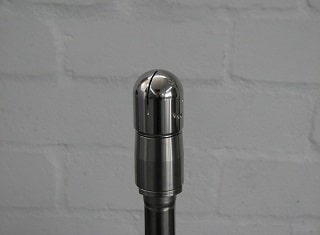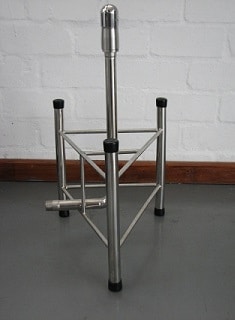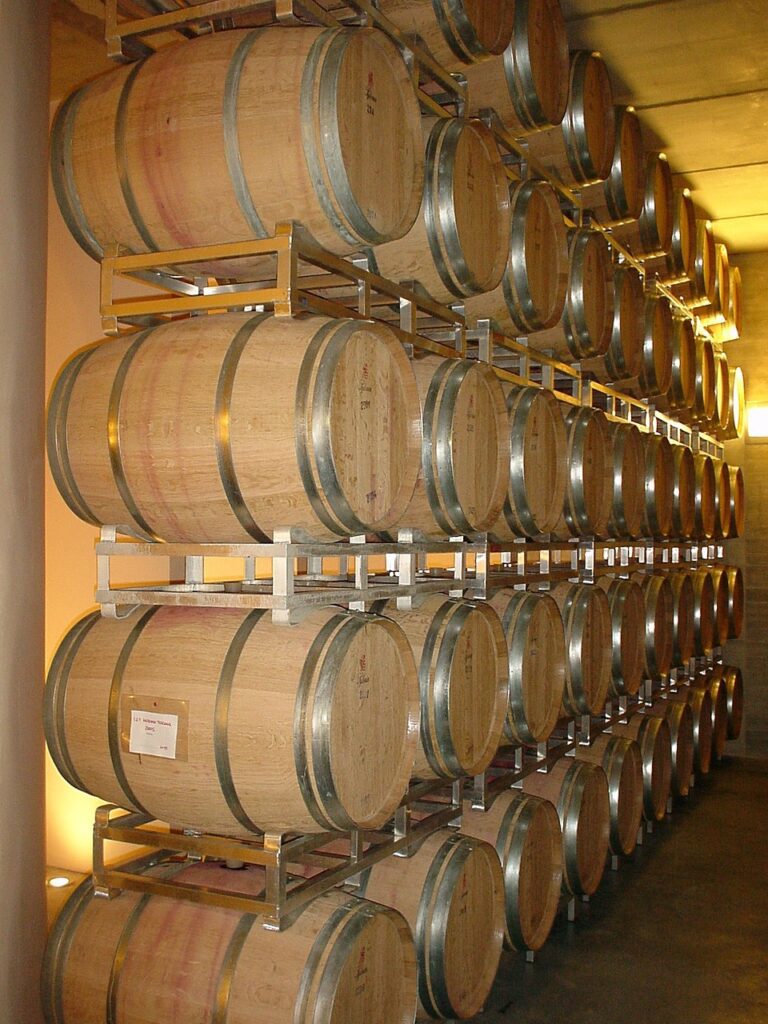“You don’t know you have a contaminated barrel until you have a contaminated wine.” – Vic Vasques.
As a result of the high purchasing price of wooden barrels, it is important to maintain barrels properly. The cleaning and sanitation of barrels are some of the processes to ensure this. It is important to differentiate between the cleaning and sanitation of barrels. Cleaning is the removal of solids like lees, cream of tartar and other substances which can act as a breeding place for micro-organisms. Sanitation is a decrease of at least 99,9% of the viable micro-organisms. Undesirable micro-organisms like Brettanomyces or wild yeasts will always be present in cellars and it is important to limit their multiplication, before wine spoilage occurs. Before the processes of cleaning and sanitation are implemented, it is important to research the efficiency, cost, safety and environmental impact thereof.
The use of nozzles is the most basic and cheapest way to clean barrels. If used with hot water, it is effective to remove heavy lees, but cream of tartar crystals will not be split. It is consequently adequate for cleaning between different processes, but not between different annual cycles. It should therefore rather be used for the rinsing, but for the cleaning of barrels. It also has high water consumption of up to 70 litres per minute. With an increasing number of barrels, the rate of cleaning will be too slow and the pressure of 280 kPa is not adequate to remove cream of tartar crystals. Instead, high-pressure cleaning equipment should be used. It should have a high-pressure nozzle and water source of 15 to 16°C. The nozzle is driven by the water pressure and the occurrence of impurities in the water supply can be detrimental to the efficiency of the nozzle. The pre-filtration of water can prevent this. Stainless steel is the most suitable material for nozzles, because it is not subject to precipitates. Different products exist with pressure between 6 300 to 7 700 kPa and a water consumption 17 to 28 litres per minute. Some of these can also suck the lees and cream of tartar from the barrel after the cleaning process.
Micro-organisms can only be killed if the surface is clean. Steam and ozonated water are the two best known sanitisers, but ultra-violet is also becoming more readily available commercially. When steam condensates, its latent heat is liberated. Increasing dryness of the steam will increase the latent heat, which will also increase its sanitation ability. It is also recommended that barrels are closed with bungs for five minutes after it was steamed for three to five minutes. Due to the cooling a partial vacuum is then created in the barrel. As a result of this water and remaining wine are sucked from the barrel pores, which can be removed from the barrel by a 30 seconds rinsing process. Steam generators can be mobile and electrically or diesel driven. Ozone is microbiologically just as effective as steam, but has a surficial action and is therefore not so effective for the sanitation of barrel pores. It does however require less energy than steam and less labour is also required, because rinsing actions are unnecessary after sanitation. Ultraviolet radiation inactivates micro-organisms and also kills them. An ultraviolet lamp is placed for three minutes in the clean barrel and no steam or ozone generation and rinsing are required after sanitation. From a safety point of view it is also better, because steam burning and ozone exposure cannot occur. From a sustainability viewpoint, less energy and water are required.
At some stage it must be decided whether it is better to rather install an automated cleaning and sanitation system for barrels. No personal supervision is then required and it can usually be combined with the filling or emptying of barrels.
If the cleaning and sanitation of barrels are not effectively done regularly, the precipitation of cream of tartar can be as such that it cannot be removed by standard methods. The sand blasting of the precipitate with dry ice can then be used. It can also remove the blisters, formed during steam sanitation. This treatment is usually recommended after three years and the active lifetime of the barrel can be extended with a year. In order to ensure that any cleaning process is executed effectively, one of the barrel heads should be removed to inspect the inside (Starr, 2021).

Nozzle and

barrel washer.
Reference
Starr, A., 2021. Barrel cleaning and sanitizing systems. Wine Business Monthly, March 2021: 48 – 56.













